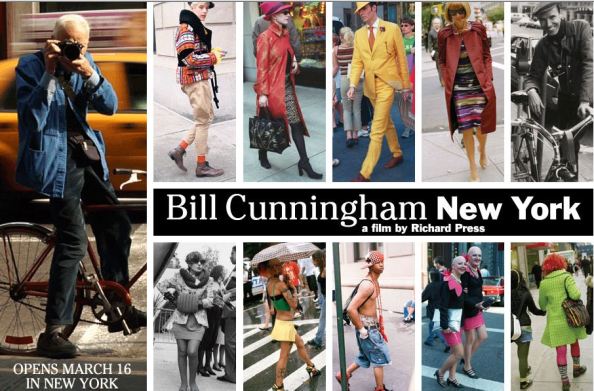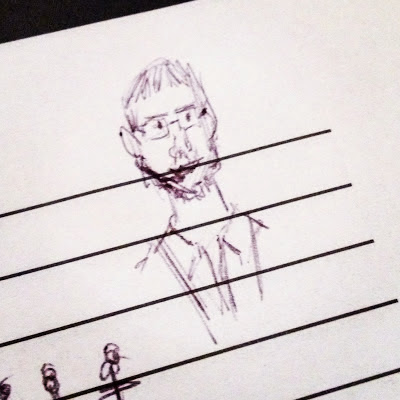I finished My Life in France, by Julia Child, today.
I'm extremely satisfied and a little sad. I've carried that book with me to the beach, twice, to Utah, twice and to Georgia.
I usually devour a book within a week or two, but not this one. It was to be savored.
The way she speaks, the way she describes her surroundings, her friends, her food and her cooking.
I would read a page or two and daydream about the experience, or imagine the taste of food.
I can almost taste her first meal in France:
It had arrived whole: a large, flat Dover sole that was perfectly browned in a sputtering butter sauce with sprinkling of chopped parsley on top. The waiter carefully placed the platter in front of us, stepped back, and said: "Bon appetit!"
I closed my eyes and inhaled the rising perfume. I then lifted a forkful of fish to my mouth, took a bite, and chewed slowly. The flesh of the sole was delicate, with a light but distinct taste of the ocean that blended marvelously with the browned butter. I chewed slowly and swallowed. It was a morsel of perfection.Of her country cottage, "La Peetch" in France, she says:
Bumping up the rutted driveway, we were struck, by...the shockingly fresh and inspirational jolt we got from our lovely hideaway. It was the cool, early-morning layers of fog in the valleys; Esterel's volcanic mountains jutting up out of the glittering sea; the warming Provencal sun and the bright-blue sky; the odor of earth and cow dung and burning grapevine prunings; the colorful violets and irises and mimosas; the olives blackening; the sound of little owls talking back and forth; the sea-bottom taste of Belon oysters; the noisy fun of the marketplace, the deeply quiet, sparkling nights with a crescent moon hanging overhead like a lamp. What a place! (p. 340)I love that she was optimistic. In moving nine times from country to country she would first set up her kitchen, then take time to learn the language well enough to shop in the markets, and then build friendships through her dinner parties. She made friends with the market vendors, and got to know the local restauranteurs as well as ventured into the countryside.
She and her husband, Paul, valued their friendships. At a particularly busy time in their lives, she recalls:
"I just don't know if we have the time for a trip to France right now,"I sighed. Paul nodded.
But then we looked at each other and repeated a favorite phrase from our diplomatic days: "Remember, 'No one's more important than people'!" In other words, friendship is the most important thing—not career or housework, or one's fatigue—and it needs to be tended and nurtured. So we packed up our bags and off we went. And thank heaven we did! (p. 329) [It was on that trip they decided to build a small house in France for a getaway.]I love that she loved her work and threw herself into it, to a good old age.
As always, my work gave my life form, forced me to be productive, and helped me keep a good balance. (p. 406)I love how thorough she was in her research of ingredients and the testing of recipes.
I knew my slow, careful approach drove my intuitive co-author crazy, but it was the only way I knew how to work. I was basically writing these recipes for myself. And I was the type of person who wanted to know everything about a dish—what worked or didn't, why, and how to make it better—so that there would be no unsolved questions in our master recipe. (p. 341)
The ingredients for bread were always the same: flour, yeast, water, and salt. But the difficulty was that there were ten thousand ways of combining these simple elements. Every little detail was important, we learned: the freshness of the yeast, the type of flour, the time of rising, the way one kneaded the dough, the amount of heat and moisture in the oven, even the weather. (p. 344)I love that one of her proudest achievements was perfecting the French bread recipe. It ranks #2 on her list of 100 favorite recipes.
She thought good cooking should take time and care. She truly believed that good French food was an art.
But a careful approach will result in a magnificent burst of flavor and a thoroughly satisfying meal, perhaps even a life-changing experience. (p. 413)I loved how real she was. She knew it sometimes didn't turn out. And she kept a sense of humor.
One of the secrets, and pleasures, of cooking is to learn to correct something if it goes awry; and one of the lessons is to grin and bear it if it cannot be fixed. (p. 327)Hat tip to Carrie for suggesting I borrow her book to read. It's a little more dog-eared, sorry. It made me happy for a long time.
So hungry now for good, real French food.
e
Videos of Julia cooking
The French Chef - French bread
So informative. (I think I learned to make this in my 7th grade Foods class with Mrs. Fisher. Who knew.) Love the bit with the professional baker in France. "As soon as it thumps, you think that it's done. But it ain't. Turn the oven off and let it sit for 5 more minutes...It's just a matter of practice!"
The French Chef - Boeuf Bourguignon (black and white)
"I find these wooden spatulas awfully useful." "These wire whips are awfully useful." I think this is one of her very first episodes. The lighting has weird shadows, the camera angles are off, and there's a washer and dryer in the background. The studio scheduled for the taping burned to the ground beforehand, so the Boston Gas Company loaned them their demonstration kitchen to shoot those first shows. She had to work on an electric stove, which she detested.
The French Chef, the Lobster show (in color)
How to cook it and how to eat it. They must be lively because they go off so easily. (Holding a lobster flapping his tail) "He's a kinda a boy worth buying." About the lobster's stomach...it's called the lady because it looks like a little lady. Someone told us about it and sent one to us in an envelope.
The French Chef, Omelet
Use the right pan, 20 seconds, 2-3 eggs, a bit of water, hot pan. Swirl, jerking till it turns over on itself. "If no one is watching you can take you hands and push the edges together if it's not well formed." (Someone laughs in the the background.)
A&E Biography
"Groundbreaking for cooking shows." "She's a national icon.""She was incredibly optimistic. That goes a long way. You can get a lot done." "Incredible energy. That's her secret." ...BUTTER!

















































